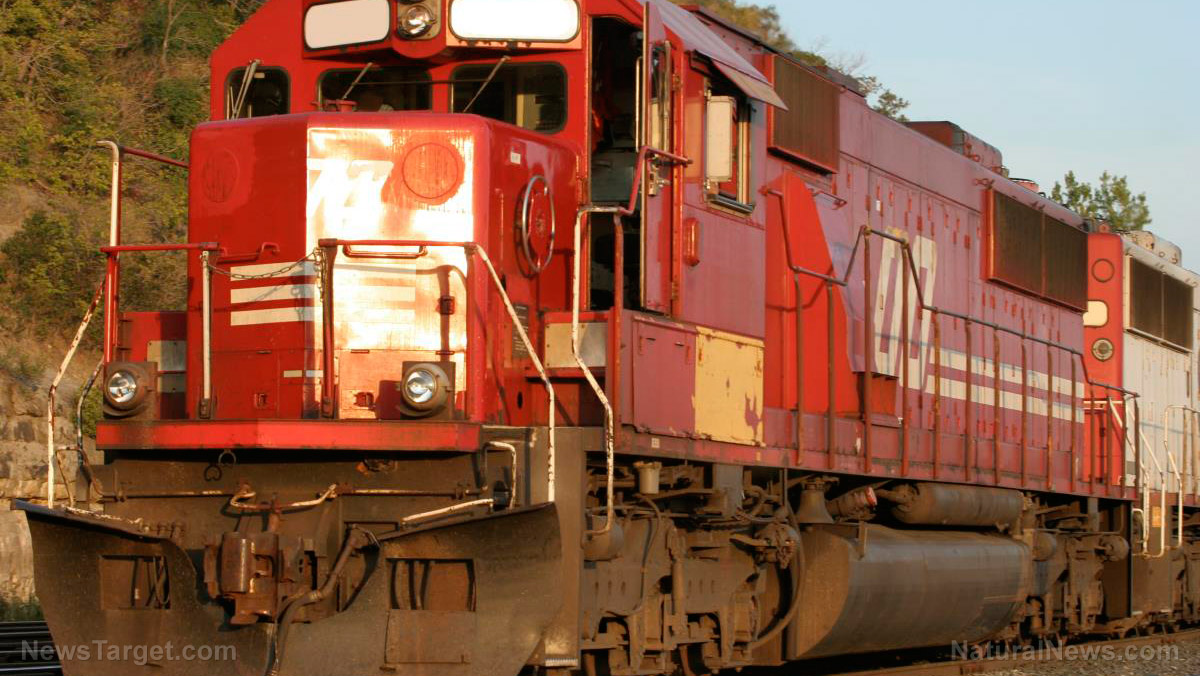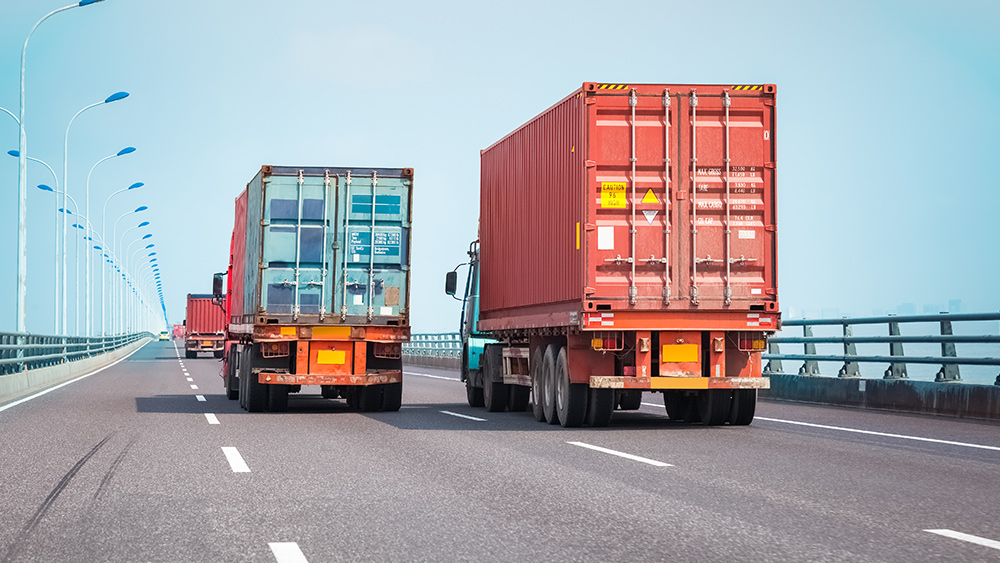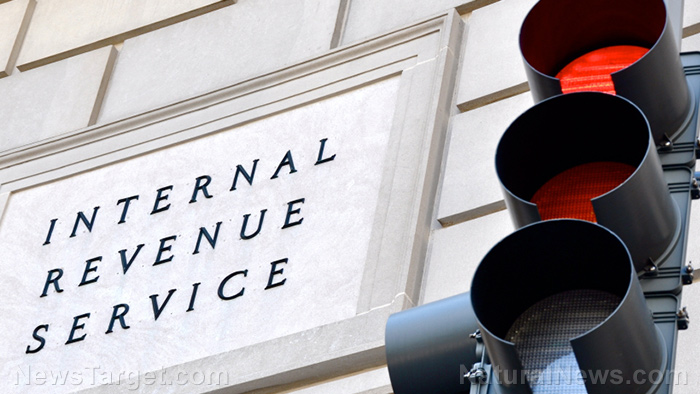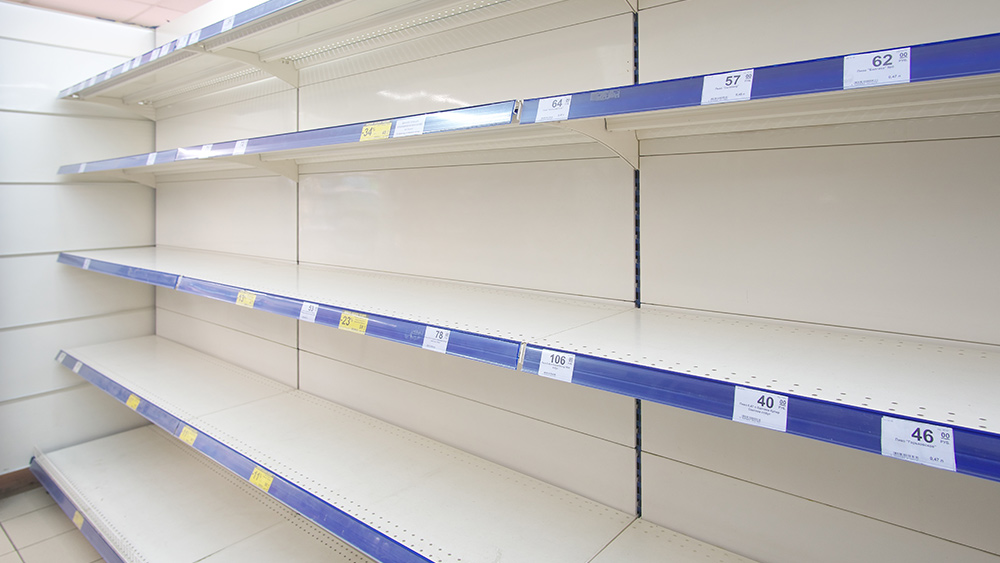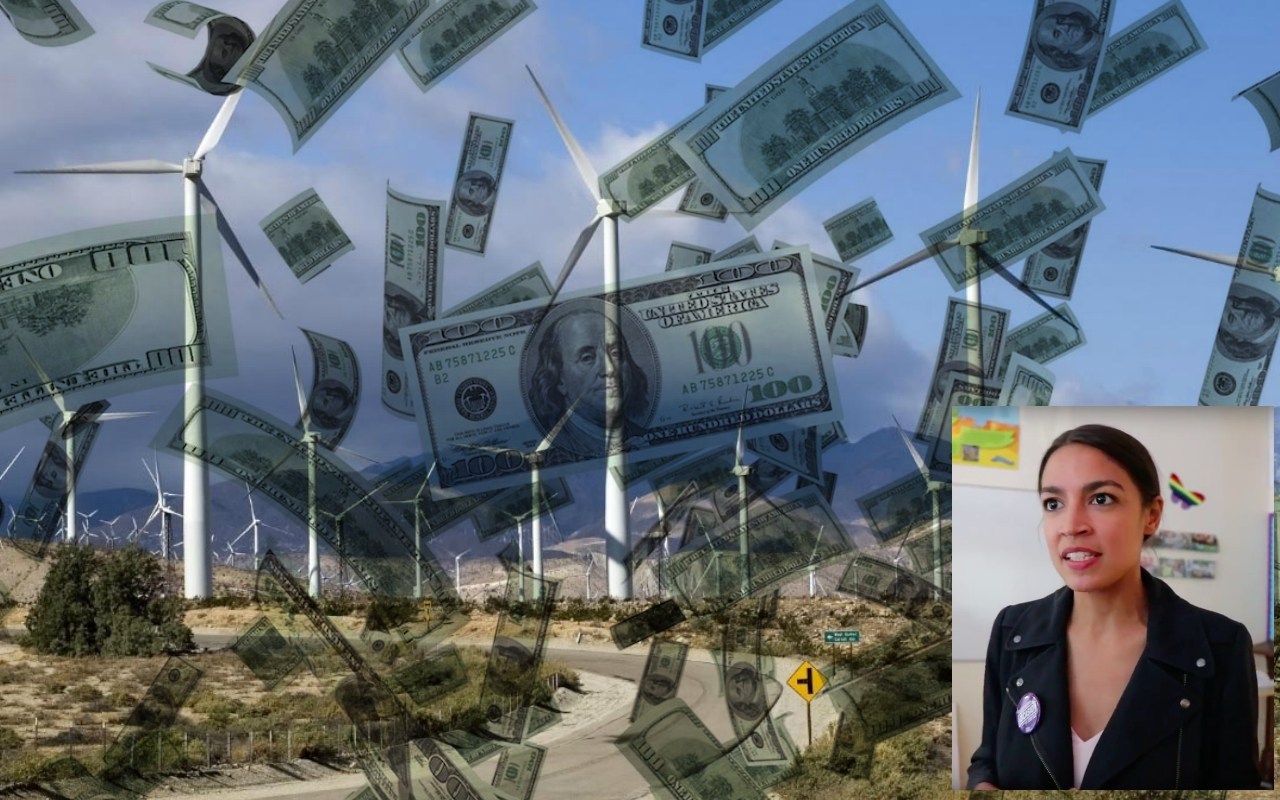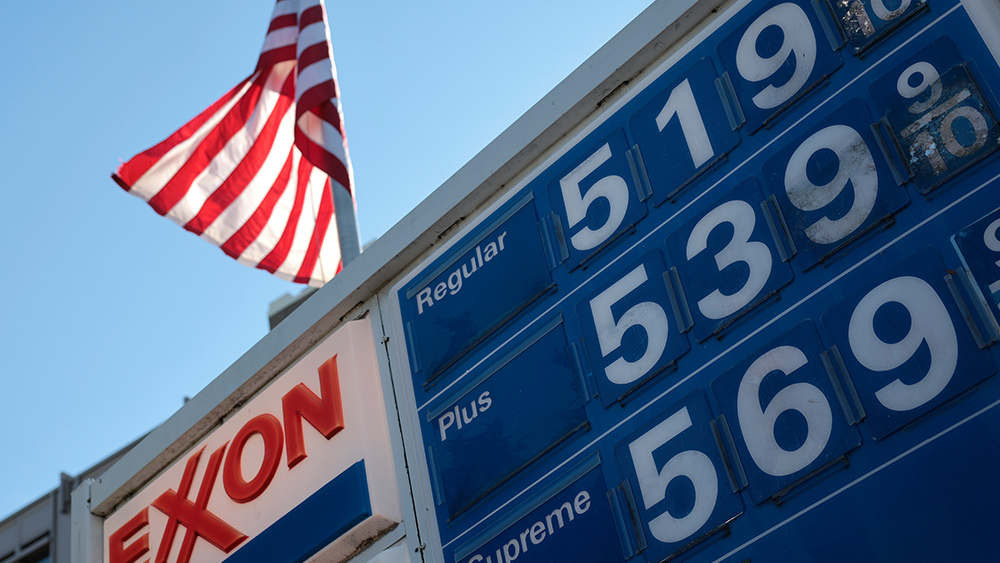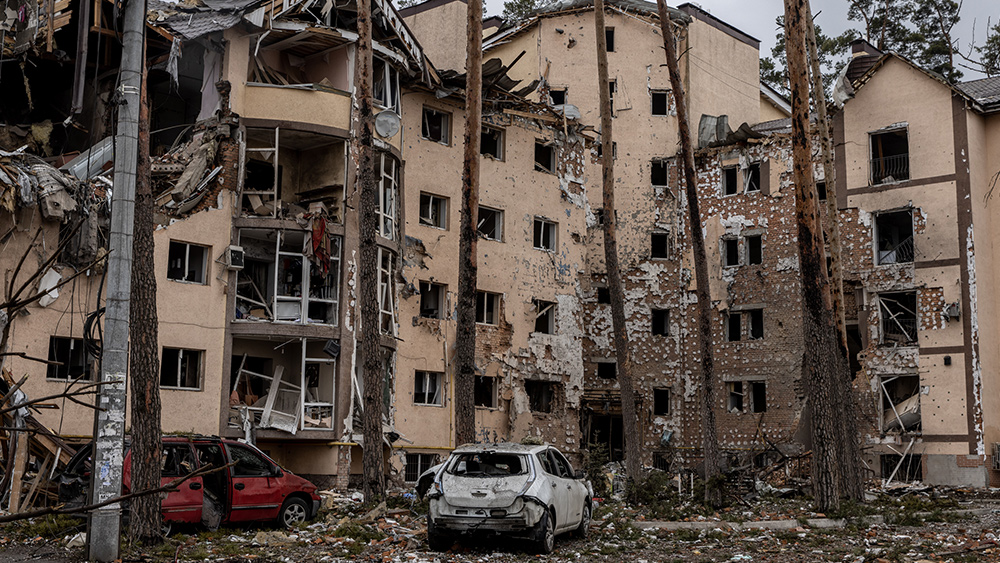Freeport Liquefied Natural Gas terminal down for the ENTIRE YEAR due to pipe explosion
06/22/2022 / By Ethan Huff

One of the largest operators of liquefied natural gas export terminals in the United States suffered a massive blow last week that will leave its main plant fully offline through September, and only partially operational after that through year’s end.
Freeport Liquefied Natural Gas says damage from a mysterious fire and explosion that took place at its Texas facility was so severe that it is simply not possible to get things back up and running as quickly as some may have hoped.
This is really bad news for Europe, which is already short on natural gas due to the war in Ukraine. Natural gas prices immediately jumped in Europe following the news, while slumping in the United States.
Freeport LNG’s plant singlehandedly accounts for about 20 percent of all U.S. natural gas exports, and was, up until the fire and explosion, a major supplier to European suppliers seeking alternatives to Russian gas since the February invasion.
According to the company, its Quintana, Tex.-based plant caught fire and exploded when an over-pressurized pipeline ruptured. Processing operations were not damaged, however.
The Rystad Energy consulting group says that Freeport LNG can process 2.1 billion cubic feet per day (bcfd) of natural gas into a supercooled liquid suitable for shipping. Up until the incident, it had been running near capacity.
Roughly 1.17 bcfd of Freeport LNG’s output had been going to Europe as of May, up from 0.81 bcfd in March.
“It’s very serious,” said Alex Munton, director of natural gas and LNG at Rapidan Energy, another energy consulting group.
“We now have a much larger and much more extensive outage at Freeport LNG that will remove more supply from the market than was anticipated last week.”
This unexpected disaster is actually good news for the US natural gas market
A prolonged outage, Freeport indicated, will reduce exports by 40 “cargoes” — LNG container ships — from annual export volume, up sharply from an earlier estimate of a three-week outage that would have reduced exports by just 13 cargoes. The 100-million-ton-per-year market for LNG is now expected to lose between four and five million tons.
“We expect Europe will be the region most impacted by this incident,” Rystad analysts said.
Roughly 70 percent of Freeport’s exports in the past few months have been to the European Union and Great Britain, the biggest importers this year being France, Turkey and The Netherlands.
None of the liquefaction trains that chill the gas were damaged, nor were any of the processing areas, storage tanks or docks. Freeport is still investigating the situation, and has not yet commented on whether or not investigators are looking into potential design or structural flaws.
“There is lot of analysis to understand the problem, put in measures of safety and operational regime to make sure it doesn’t happen again,” Rapidan’s Munton said.
While this is bad news for Europe and Great Britain, it is good news for the U.S., which has been in a natural gas storage deficit. Inventories have hovered around 300 bcf below the five-year average, according to Al Salazar, a senior vice president at Enverus Intelligence Research.
“It should be alarming to federal policymakers that the Freeport LNG terminal only exports 2 Bcfd, yet it is having such a significant impact to prices,” said Paul Cicio, chief executive of the Industrial Energy Consumers of America, a trade group that has been calling on Congress to limit expanded LNG export permits.
The outage, this group added, highlights the negative impact that exports of natural gas have had on U.S. consumers and the prices they pay domestically for natural gas.
More related news coverage about the falling dominoes of the global economy can be found at Collapse.news.
Sources for this article include:
Submit a correction >>
Tagged Under:
chaos, collapse, energy, energy supply, Europe, explosion, exports, Freeport Liquefied Natural Gas, fuel, fuel supply, natural gas, power, power grid, rationing, scarcity, shortages, supply chain
This article may contain statements that reflect the opinion of the author
RECENT NEWS & ARTICLES
SupplyChainWarning.com is a fact-based public education website published by SupplyChainWarning.com Features, LLC.
All content copyright © 2021 by SupplyChainWarning.com Features, LLC.
Contact Us with Tips or Corrections
All trademarks, registered trademarks and servicemarks mentioned on this site are the property of their respective owners.


